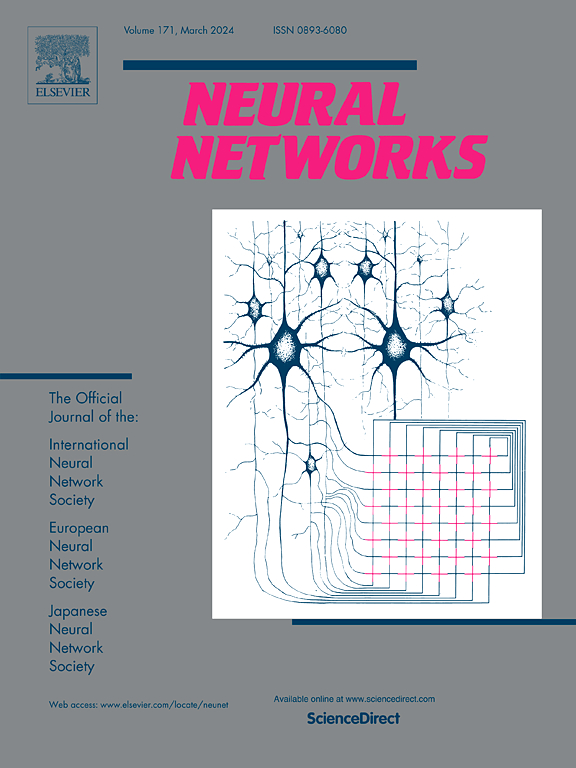多视角数据表示学习调查。
IF 6
1区 计算机科学
Q1 COMPUTER SCIENCE, ARTIFICIAL INTELLIGENCE
引用次数: 0
摘要
过去几十年来,多视图聚类通过结合来自不同视图的有用信息,已成为机器学习和数据挖掘领域中一个快速发展的领域。虽然已有一些基于多视图聚类的研究,但这些研究大多忽略了同时考虑自监督和非自监督多视图聚类。在本研究中,我们对现有的多视图聚类算法进行了新颖的梳理,并将其分为两个不同的类别,即非自我监督多视图聚类和自我监督多视图聚类。我们首先回顾了基于非自我监督多视图聚类的代表性方法,这些方法包括基于非表征学习和表征学习的方法。此外,基于非表示学习的方法还包括基于矩阵因式分解、核学习和其他非表示学习的方法。基于表征学习的方法包括多视图聚类、深度表征学习和多视图子空间聚类。对于基于自监督多视图聚类的方法,我们将其分为对比方法和生成方法。总之,本调查报告试图对多视图聚类领域的发展进行深入概述。本文章由计算机程序翻译,如有差异,请以英文原文为准。
A survey on representation learning for multi-view data
Multi-view clustering has become a rapidly growing field in machine learning and data mining areas by combining useful information from different views for last decades. Although there have been some surveys based on multi-view clustering, most of these works ignore simultaneously taking the self-supervised and non-self supervised multi-view clustering into consideration. We give a novel survey for sorting out the existing algorithms of multi-view clustering in this work, which can be classified into two different categories, i.e., non-self supervised and self-supervised multi-view clustering. We first review the representative approaches based on the non-self supervised multi-view clustering, which consist of methods based on non-representation learning and representation learning. Furthermore, the methods built on non-representation learning contain works based on matrix factorization, kernel and other non-representation learning. Methods based on representation learning consist of multi-view graph clustering, deep representation learning and multi-view subspace clustering. For the methods based on self-supervised multi-view clustering, we divide them into contrastive methods and generative methods. Overall, this survey attempts to give an insightful overview regarding the developments in the multi-view clustering field.
求助全文
通过发布文献求助,成功后即可免费获取论文全文。
去求助
来源期刊

Neural Networks
工程技术-计算机:人工智能
CiteScore
13.90
自引率
7.70%
发文量
425
审稿时长
67 days
期刊介绍:
Neural Networks is a platform that aims to foster an international community of scholars and practitioners interested in neural networks, deep learning, and other approaches to artificial intelligence and machine learning. Our journal invites submissions covering various aspects of neural networks research, from computational neuroscience and cognitive modeling to mathematical analyses and engineering applications. By providing a forum for interdisciplinary discussions between biology and technology, we aim to encourage the development of biologically-inspired artificial intelligence.
 求助内容:
求助内容: 应助结果提醒方式:
应助结果提醒方式:


